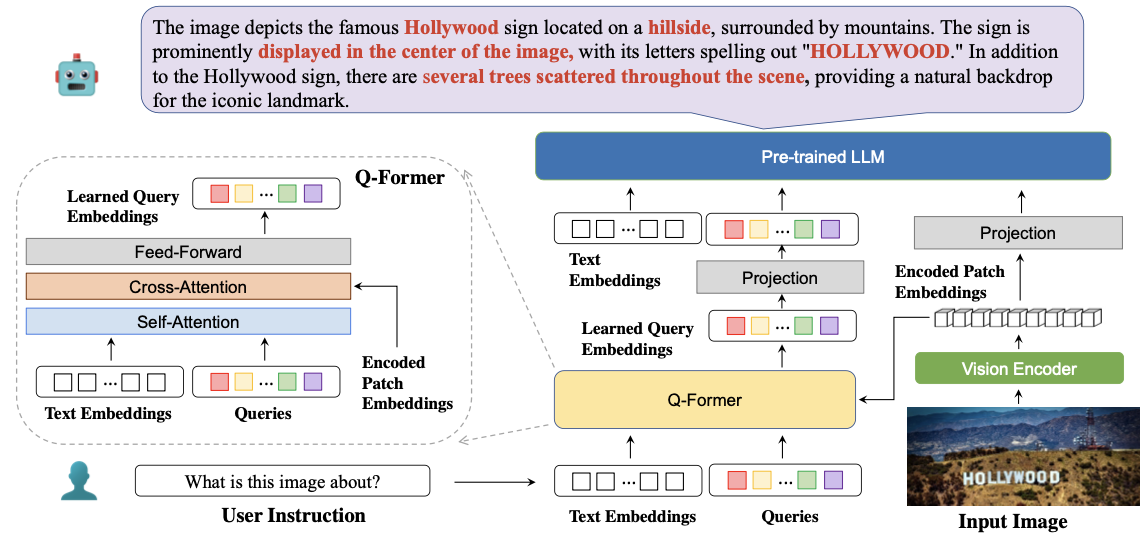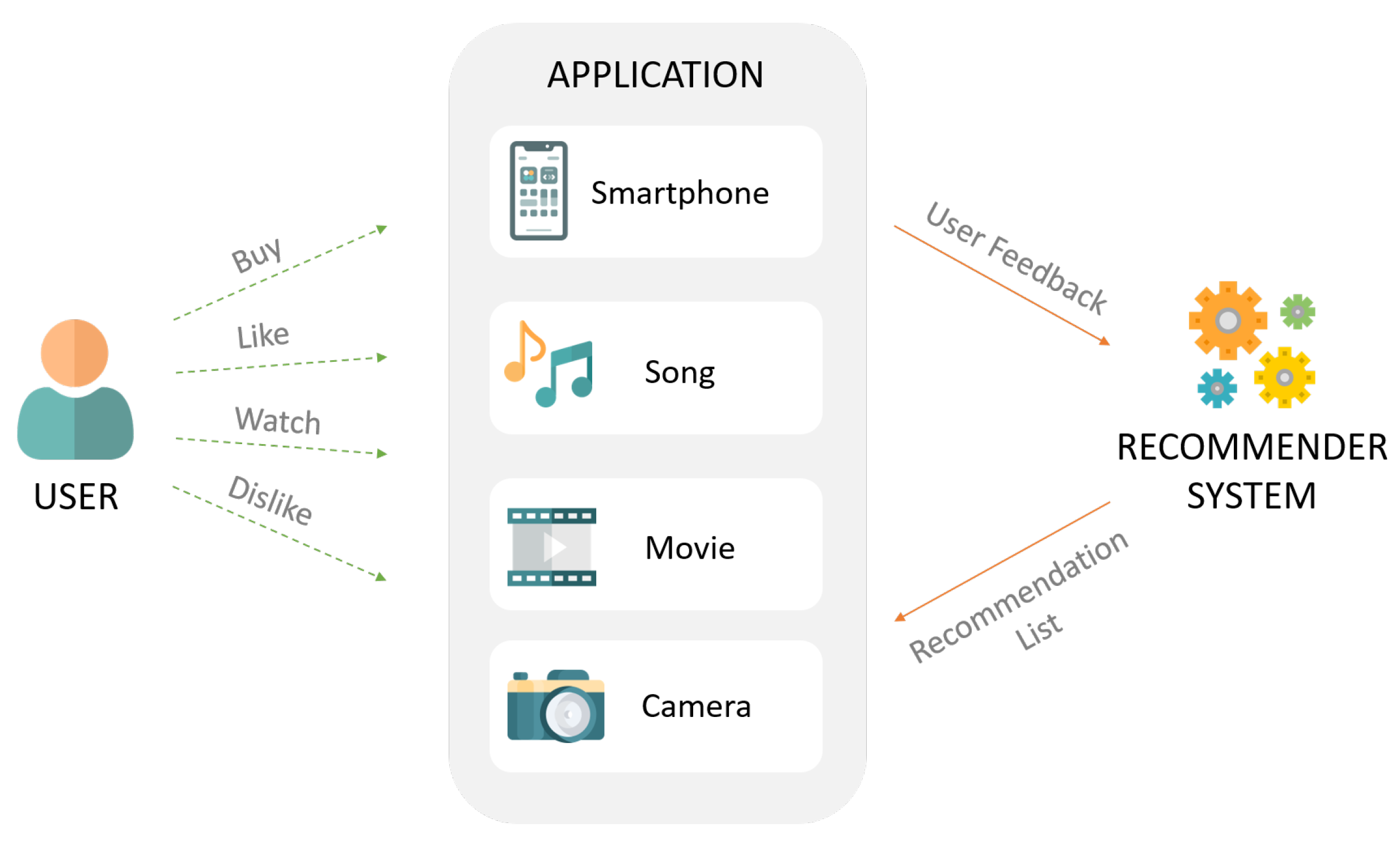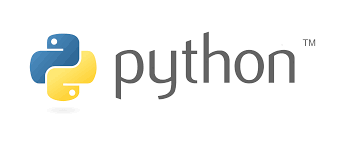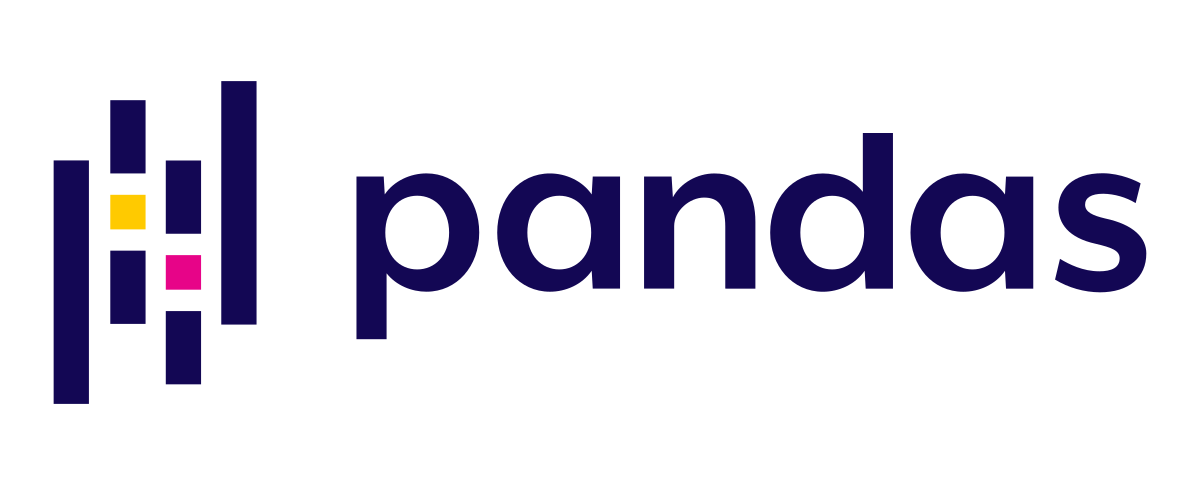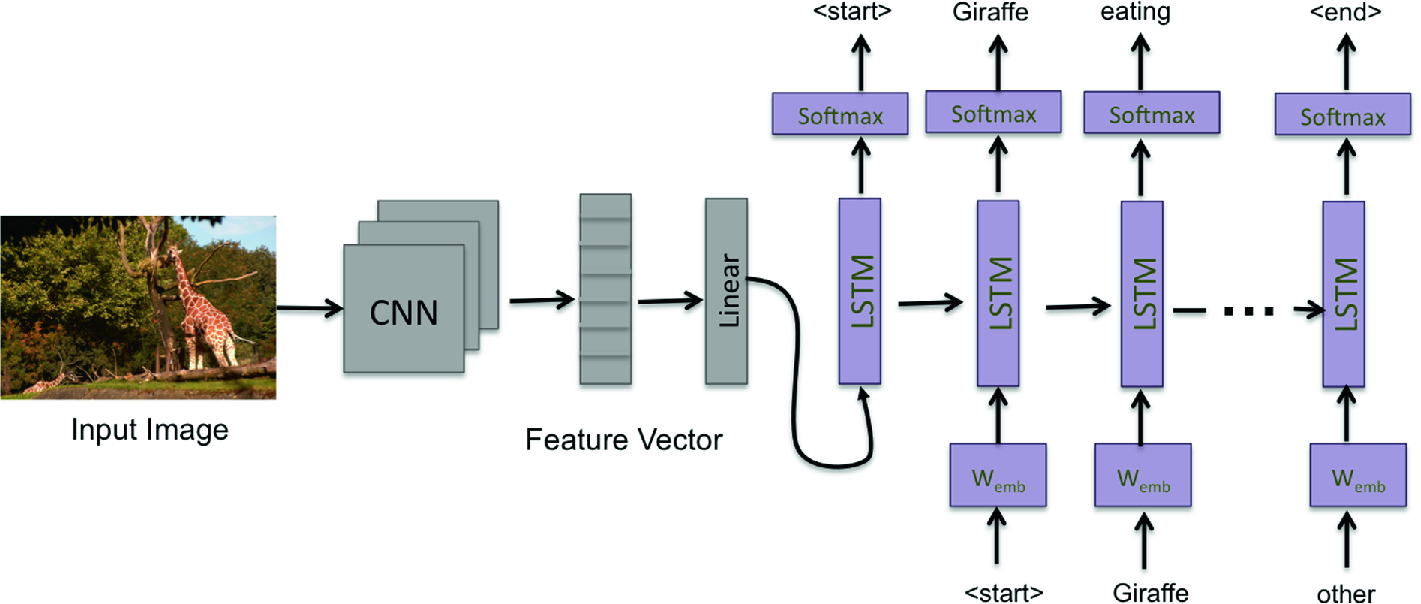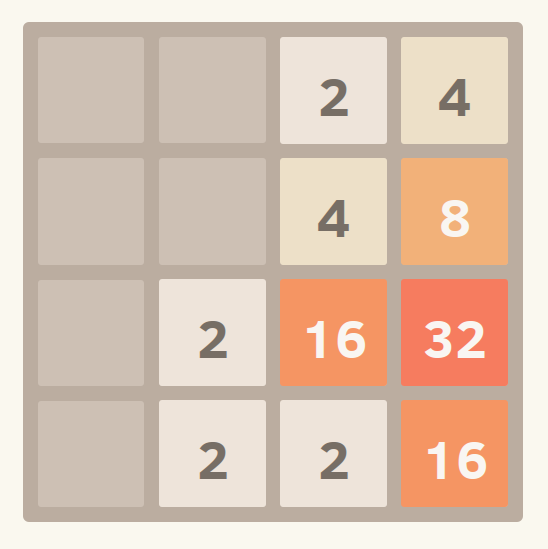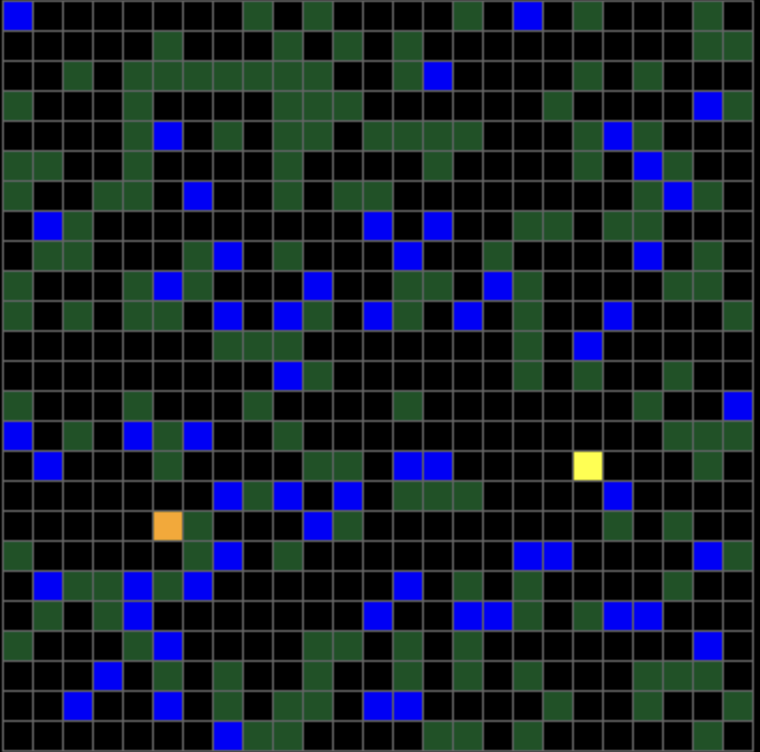Yi (Jerry) LiI am a fourth-year undergraduate student at the University of California San Diego, pursuing a double major in Data Science at the Halicioglu Data Science Institute (HDSI) and Cognitive Science with a specialization in Machine Learning and Neural Computation at the CogSci Department, along with a minor in Computer Engineering at the Electrical and Computer Engineering Department. My primary research interest is centered on the development and optimization of multimodal large language models (LLMs), and the application of advanced ML & AI techniques to the biomedical and healthcare sectors. Currently, I am working in Professor Zhuowen Tu's Machine Learning, Perception, and Cognition Lab (mlPC), mentored by Dr. Yifan Xu on a Visual LLM project. I am also working in the Qualcomm Institute Research Organization, contributing to a Data Analysis in Public Health project, advised by Dr. Ganz Chockalingam and Dr. Marie-Laure Charpignon. Prior to this, I am fortunate to work in Professor Terry Sejnowski's Computational Neurobiology Laboratory (CNL), mentored by Dr. Margot Wagner on an applied deep learning project. I have served as a Teaching Assistant for several courses across the Computer Science and Engineering department and the Halicioglu Data Science Institute (HDSI), helped over 1,000 individual students understand course materials, and worked with 4 teaching faculty members to enhance course experiences for students. I was primarily mentored by Professor Marina Langlois for teaching. Email / GitHub / HuggingFace / Google Scholar / LinkedIn |

|
